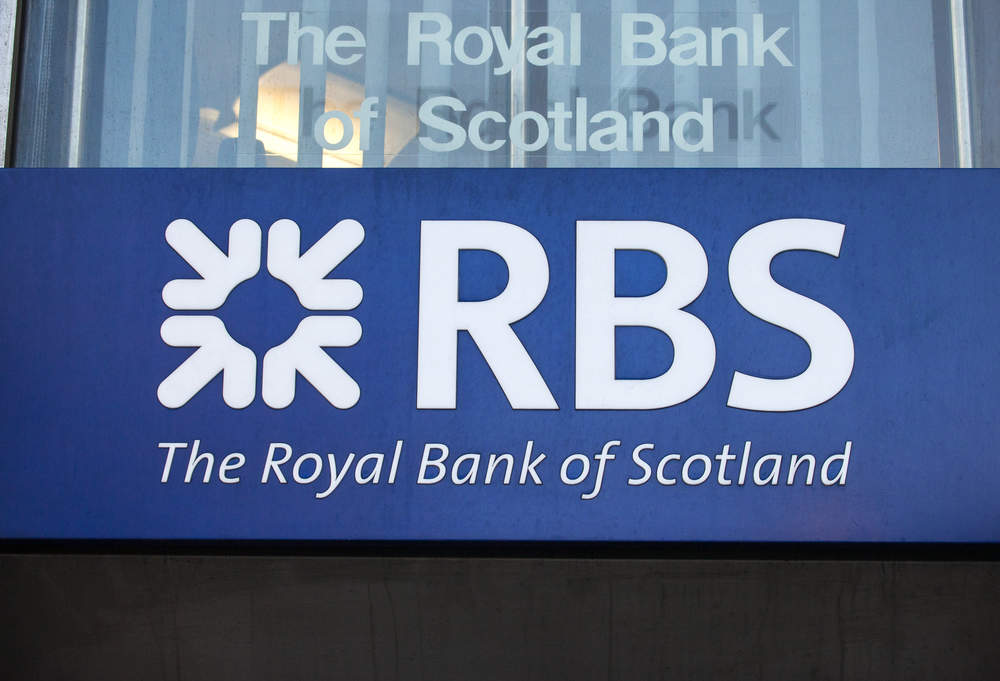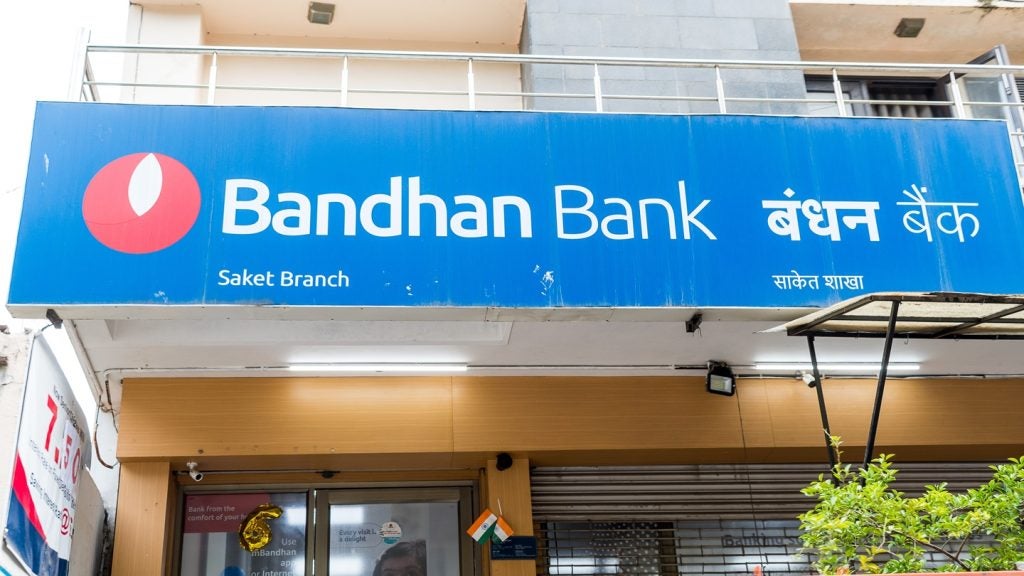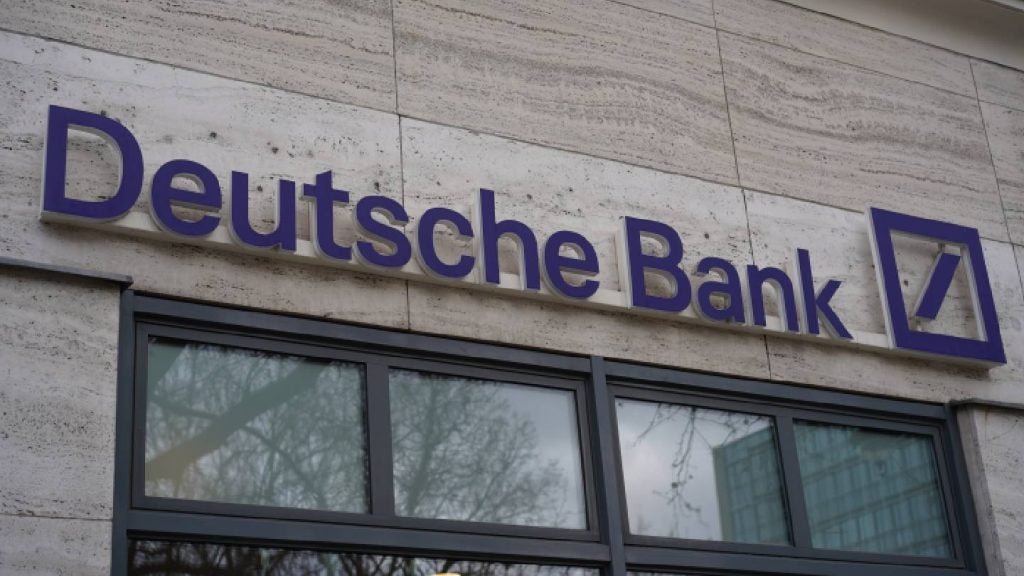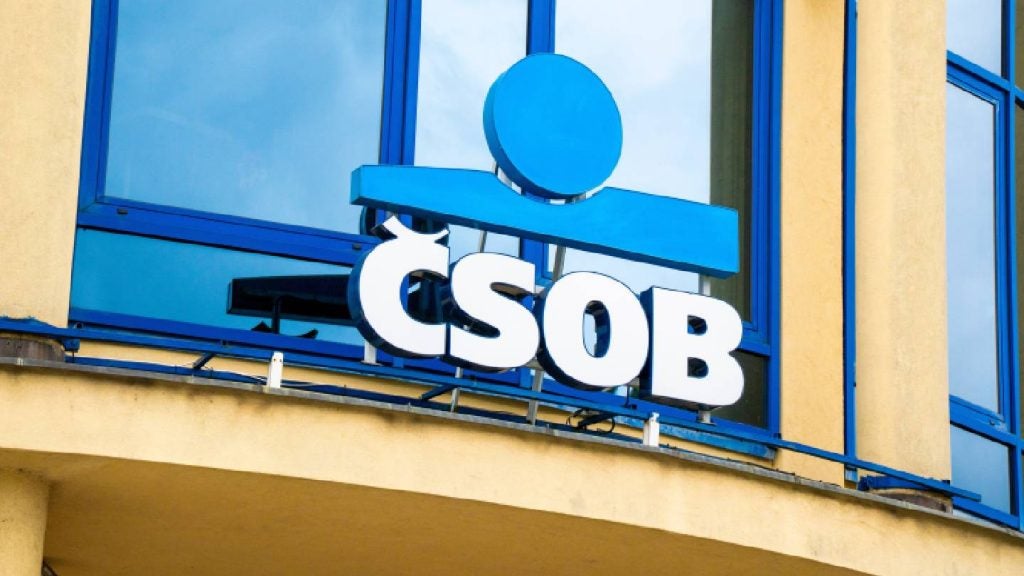
Royal Bank of Scotland (RBS) Q3 profits before tax rise by 10% year-on-year and are ahead of market forecasts.
RBS Q3 revenue is up by 8% while the bank also reported strong digital banking metrics.

Access deeper industry intelligence
Experience unmatched clarity with a single platform that combines unique data, AI, and human expertise.
In contrast to Lloyds and Barclays, RBS has made an impairment provision of £100m to account for greater economic uncertainty.
RBS Q3 highlights:
- Mobile banking customers are up 14% y-o-y to 6.2 million customers;
- A 71% digital penetration rate for active current account customers;
- In retail banking, 56% of personal loans and 60% of mortgage switching is done digitally in the YTD;
- In the UK, retail banking digital sales are up by 22% and now represent 43% of all sales;
- CET1 ratio of 16.7% increased by 60 basis points in the quarter;
- RBS’ Commercial & Private Banking unit is now onboarding 90% of new customers digitally, up from 75% as at the end of 2017;
RBS Q3 less positive metrics
Three metrics stand out as ongoing issues: net promoter score, cost-income ratio and margins.
RBS ranks joint bottom in the inaugural Competition and Markets Authority personal banking league table. The bank’s own research confirms its current dismal Net Promoter Scores. The RBS’ brand retail banking NPS is -22 against -21 in the prior quarter. Moreover, the stronger NatWest brand NPS is also down, by 1 to +12 from the prior quarter.
Margin pressure is impacting RBS’ net interest margin. In Q3 RBS’ net interest margin of 1.93% is down by 8 basis points from the prior quarter. By contrast, Lloyds reports a net interest margin of 2.93% for Q3.

US Tariffs are shifting - will you react or anticipate?
Don’t let policy changes catch you off guard. Stay proactive with real-time data and expert analysis.
By GlobalDataIn addition, RBS ongoing cost cutting programmes remain a work in progress. Total FTEs at RBS are down by 6.5% or 5,000 in the past year to 69,000.
RBS’ cost-income ratio of 67% represents a 3 percentage drop since the past quarter but is 20 percentage points higher than Lloyds.







